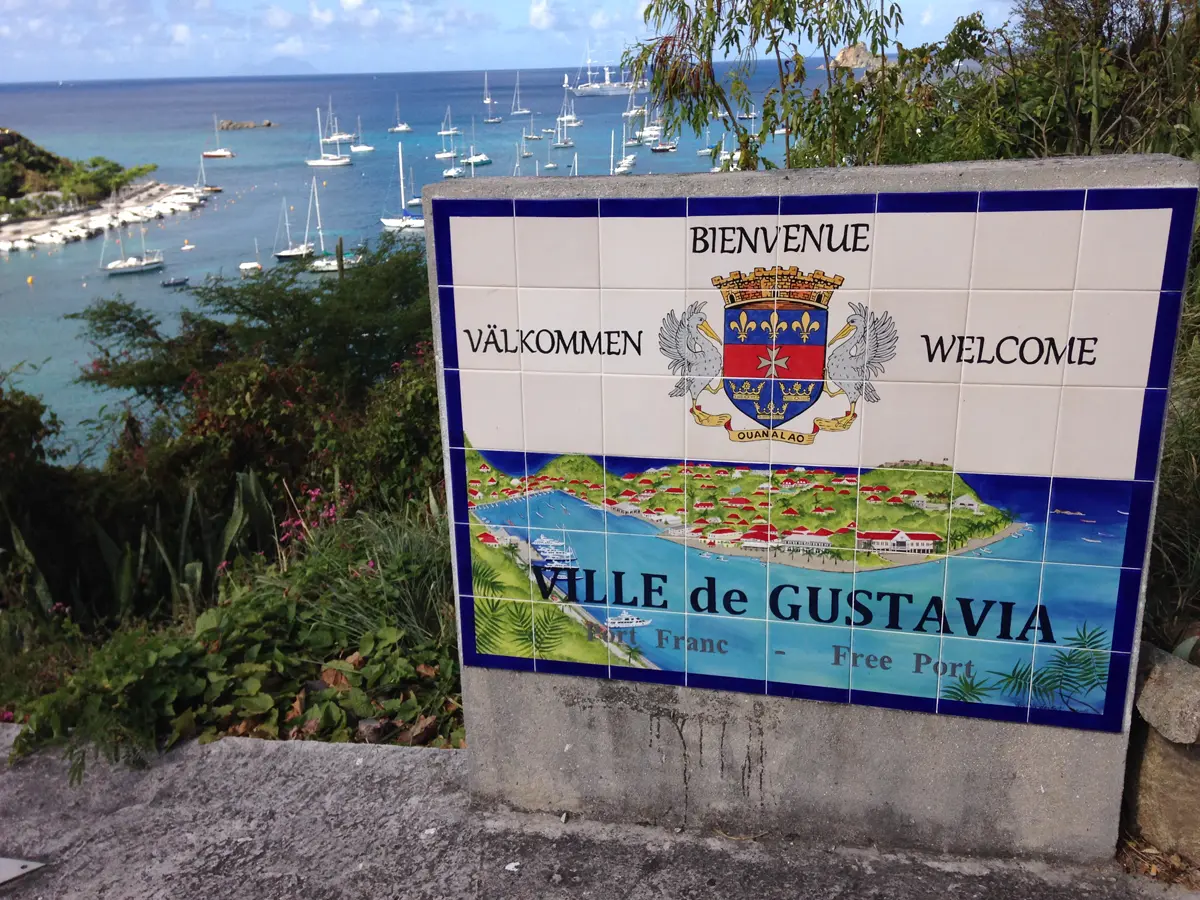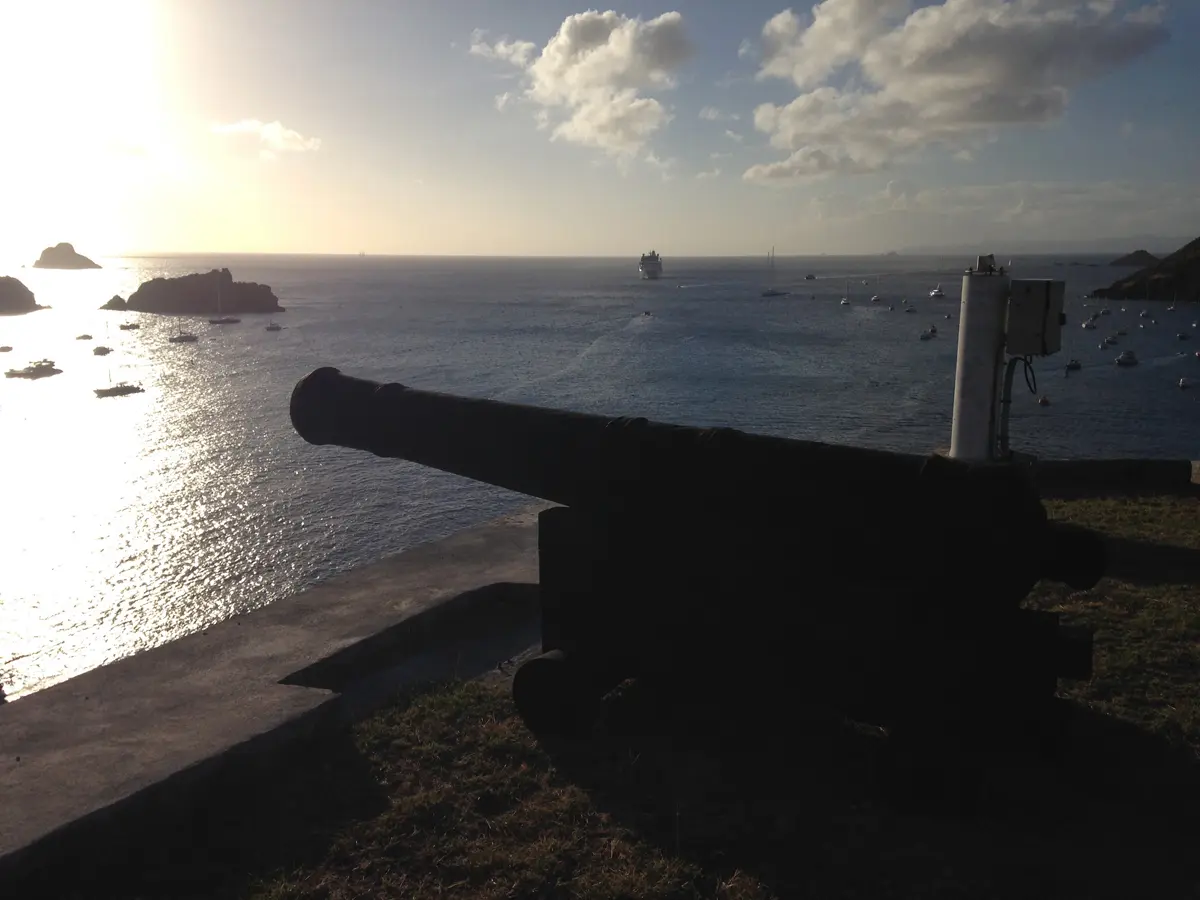Fort Gustaf, the largest and most renowned of St. Barth’s Swedish-era fortifications, stands as a testament to the island’s strategic importance during the colonial period. Located at the entrance to Gustavia’s harbor, it offers not only historical significance but also breathtaking views of the city and sea. The fort’s construction utilized stones that now form part of many of Gustavia’s historic stone houses, creating a tangible link between the island’s defensive past and its architectural present. Visitors can explore the well-preserved battery to the right of the harbor entrance, which serves as an excellent starting point.

As one ascends the fort’s stairs, ancient stone walls reveal themselves, remnants of the buildings that once sheltered the colony’s defenders against pirates and hostile ships. The fort’s elevated position provides a comprehensive understanding of Gustavia’s strategic layout and the importance of its natural harbor. While Fort Gustaf remains the most intact, it’s part of a larger defensive network that included Fort Karl and Fort Oscar. Fort Karl, located to the north, unfortunately has few remains but was crucial in protecting the colony’s primary water source and housed the island’s jail. Fort Oscar, perched on a steep hill on the eastern side of the harbor, now houses the gendarmerie.

These forts collectively tell the story of St. Barth’s colonial defense system and offer visitors a glimpse into the island’s rich Swedish heritage. Today, while Fort Gustaf is maintained and accessible, Forts Karl and Oscar are not, yet they remain important historical landmarks. The panoramic views from Fort Gustaf, stretching over Shell Beach and to the small islands forming St. Barth’s westernmost point, continue to captivate visitors, blending historical exploration with natural beauty.
